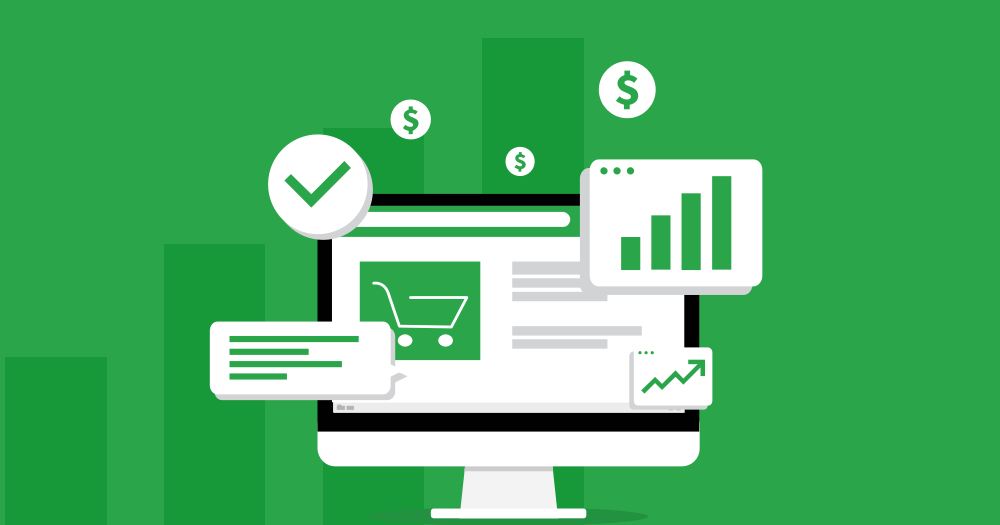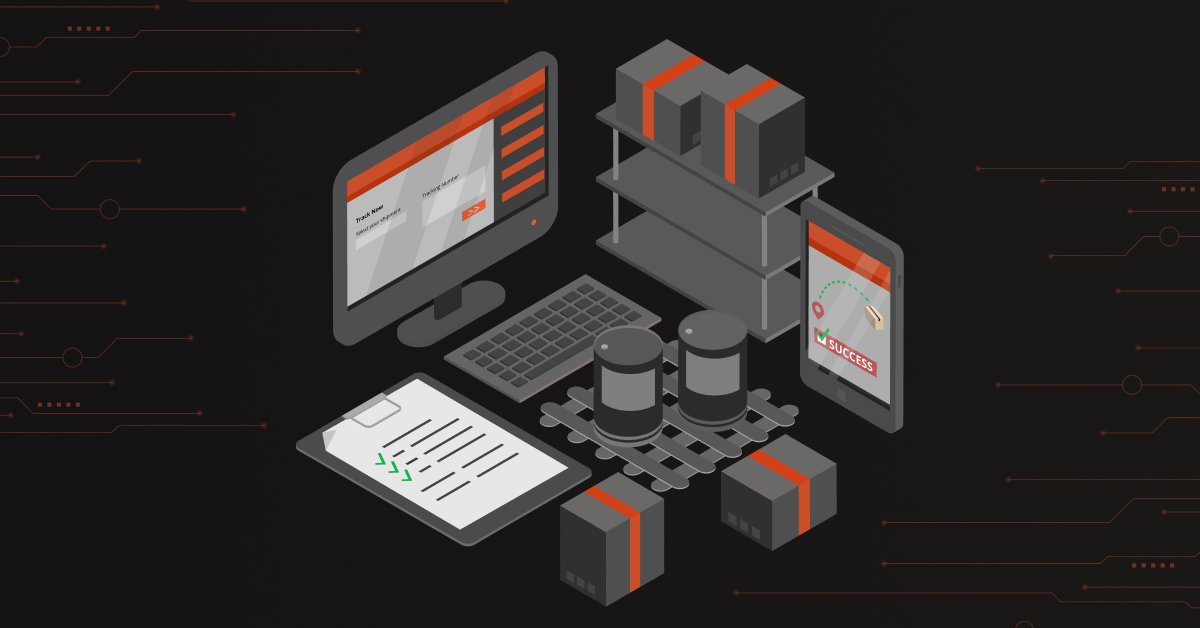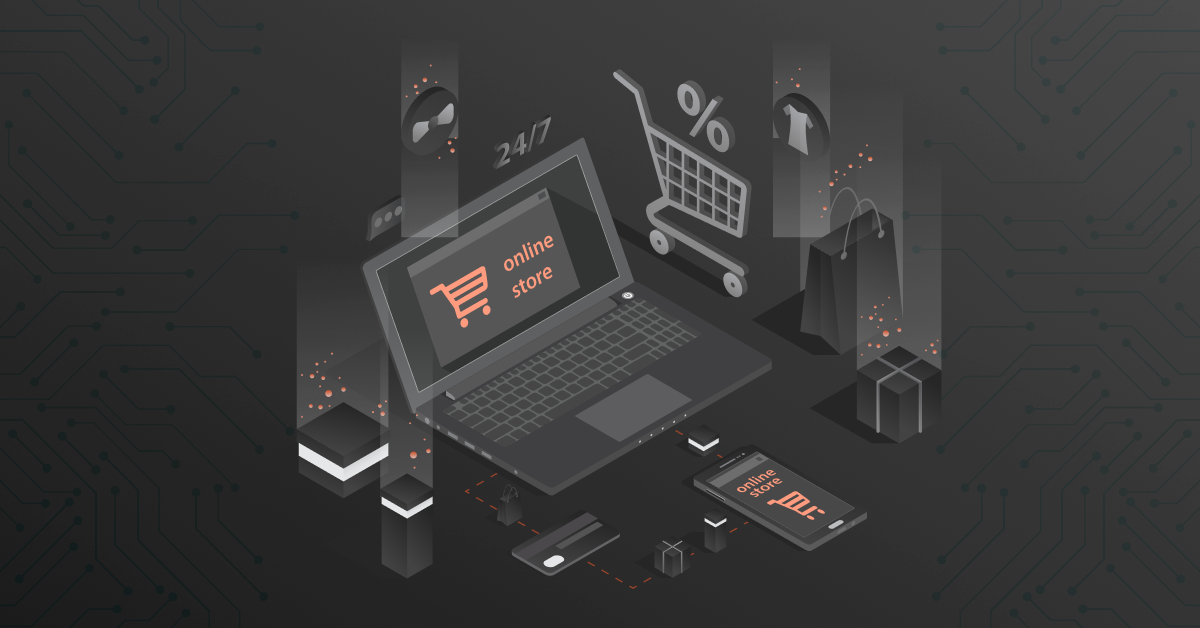We all know how influential online marketing is. To sum up, online business is both- the present & the future. While a few have realized that we are into the digital age and are adapting to the ever changing trends, a few of us are still lagging behind. Many of you reading this article won’t believe if I say that the first retail transaction was done in 1994. But, the one thing that goes on in our mind always is the returns we get; especially eCommerce ROI.
Amazon and eBay launched their online shopping in 1995. Why should you take your online business seriously. I have some quick stats that you should know before you start reading this blog in detail.
- In 2019, retail e-commerce sales amounted to 3.53 trillion US dollars and e-retail revenues are projected to grow to 6.54 trillion US dollars in 2022 (Source: Statista)
- By 2040, around 95% of all purchases are expected to be via ecommerce. (Source:Nasdaq)
- In 2019, the total number of digital buyers are nearly 2B (Source: Statista)
Contents
What’s important for more eCommerce ROI ?
When evaluating the results of each marketing action that you carry out, what you need to analyze is the eCommerce ROI or return on investment. In a bid to go online immediately, brands are not focusing on the basics to yield high revenues and the following research points will help you set the base right.
Block out your next 10 minutes because you need to read this.

1. Prioritize the visual aspect :
The first thing which registers as soon as an online buyer visits your site is how your website looks. The right visual elements and sections support your eCommerce site in closing the gap between physically what you represent & your online representation. Recreate the in-person experience through different visuals and interactive content. That is what will make the shopping experience memorable. Keep these points in mind while designing your eCommerce website.
Your website theme and color will always represent your brand and is the first way of effective branding, so choose it with more care and make it unified in all the pages.
Choose proper and more attractive home images because as per a survey visitors spend 5.9 initial seconds in this.
48 percent of people cited that a website’s design is the No. 1 factor in determining the credibility of a business. (Blue Corona)

2. Simplify the navigation experience
Your site’s sitemap is the architect of your ROI. E-Commerce website navigation should be as simple. Any buyer should be able to find the product they want within 8 seconds.
Don’t forget about A/B testing any major sections before deploying it for all your visitors. Just because something worked for your competitors, doesn’t necessarily mean it will have the same results for you. Do your own testing. Always!
Also make sure that there is uniformed navigation between all the pages. The key to a great eCommerce website is a simple search bar: When you sell products that people know to search for, make the search bar more prominent. Think Amazon-style search — big, bold, and the center of the header area.
3. Focus on user engagement – Keep an eye always!
You can’t go and ask all your website visitors if your website is actually engaging them. You have to rely on data to do that part for you. Always know the time visitors spend on your webpage.
High Engagement times —> Repeated visits —-> Brand Retention —-> Brand Loyalty —–> Higher Sales —-> Higher customer lifetime value.
If you think you can achieve high customer lifetime value without getting the user engagement right – you are absolutely wrong.
An engaged audience is more valuable than some prospective customers. They are a community. Balance these three factors while getting the content ready for your visitors.
- Something that your audience likes,
- Something that is related to your brand and,
- It adds value to the readers.

4. Take the Mobile-first approach – Always!
We all know that eCommerce has been on the rise for a long period of time and it is going to be the same in the future but through mobiles which also change trends M-Commerce. Is eCommerce and M-Commerce the same ? The answer will be both- yes and no. M-Commerce is a type of eCommerce wherein the transactions are done through mobiles.
As per the recent research people find shopping through mobile is more convenient. Google says people with bad mobile experience with your business are 62% less likely to become your customer.
Worldwide, the share of M-commerce in all of eCommerce is expected to rise to 72.9% by 2021. (Source: Statista) Since most of the eCommerce transactions are believed to be done through mobiles it’s our job to make our website work the same or better in mobile. Make sure your theme, navigation and responsiveness remain the same.
5. Optimize your website speed
Basically humans don’t like to wait. There is a difference between a buyer waiting outside a shop and the buyer spending more time inside the shop. Obviously the buyer spending more time in a shop is more likely to buy.
When it comes to online shopping, if your website takes more time to load then it’s like you are making the buyer wait outside the shop which makes the buyer switch to other options.
As per multiple researches the average acceptable time for a website to load by a buyer is just 2-3 seconds. You have to make sure that your website appears complete with all the images, videos and information within 2 seconds.
And it has been proved that faster page loading helps in 16.5% more conversion. Hence, eCommerce conversion optimization is definitely a factor that should be your priority.
A slow website can increase abandonment by 75%, and loyalty drops 50% when your site is slow. (Source: Annex Cloud)
Abandoned Cart : Buyer adding one or more items to the cart section and not proceeding with the check-out process.
The top three reasons US online shoppers give for abandoning a cart during checkout are high extra costs, the need to create an account, and a complicated checkout process (these are the survey results after removing the “I was just browsing/not ready to buy” segment). (Baymard Institute)
Why this is so important for the business is because the global cart abandonment rate for eCommerce is close to 70% and only 26% return to the website as per the recent research. Your eCommerce ROI is indirectly proportional to this .
So we have to always make sure that the rate of abandoned cart to our website should be as low as possible . This can be measured through Web Analytics tools and extensions.
6. Low code product customization – The next big trend!
This particular feature can help your business with 28% more conversion if it suits your product – Live product Customization. Your website should hold a separate section where customer can customize their product in 2D or 3D
Studies show people are ready to spend 20% more for the customized product and 55% of millennials indicate they like self-customized Products.
By our own statistics, Brands who have utilized our product Productimize for product customization had a 30% increase in conversion, a 45% increase in the average order value, a 20% decrease in returns, and much more.
7. Creating personal interactions and experiences
Personalization is completely different from what you read above – customization.
We at DCKAP define it as a practice of creating personal interactions and experiences on ecommerce sites by dynamically showing content, media, or product recommendations based on psychographics, browsing behavior, purchase history data, and demographics.
This can be achieved through many tools and extensions integrated with your website by capturing customer data and activities on browsing. In order to measure success, a brand must first define the goal metrics for its personalization efforts. Retailers frequently use personalization to optimize for Revenue, Conversion Rate, Bounce Rate, or Engagement; but you might also choose to develop your own metrics or choose from a variety of other options, including:
Once the customer adds a product to the cart, we will have to work to minimize all the possible ways that could stop them from completing the order.
Both these processes can increase and decrease your conversion based on how you simplify it.
Conclusion :
Building a website for your brand itself is a huge work to be done and to create it with all these intuitive hacks is an add-on challenge but there is no other way to go in this competitive world. But this Job can be made simple by hiring professionals for ECommerce website development and there is a difficulty here too to hire the perfect one under the budget. The most important must to do task before hiring is to check their previous works, Testimonials and case studies.
Our Testimonials : https://www.dckap.com/testimonials.htm
Our Case studies : https://www.dckap.com/our-work.htm#






